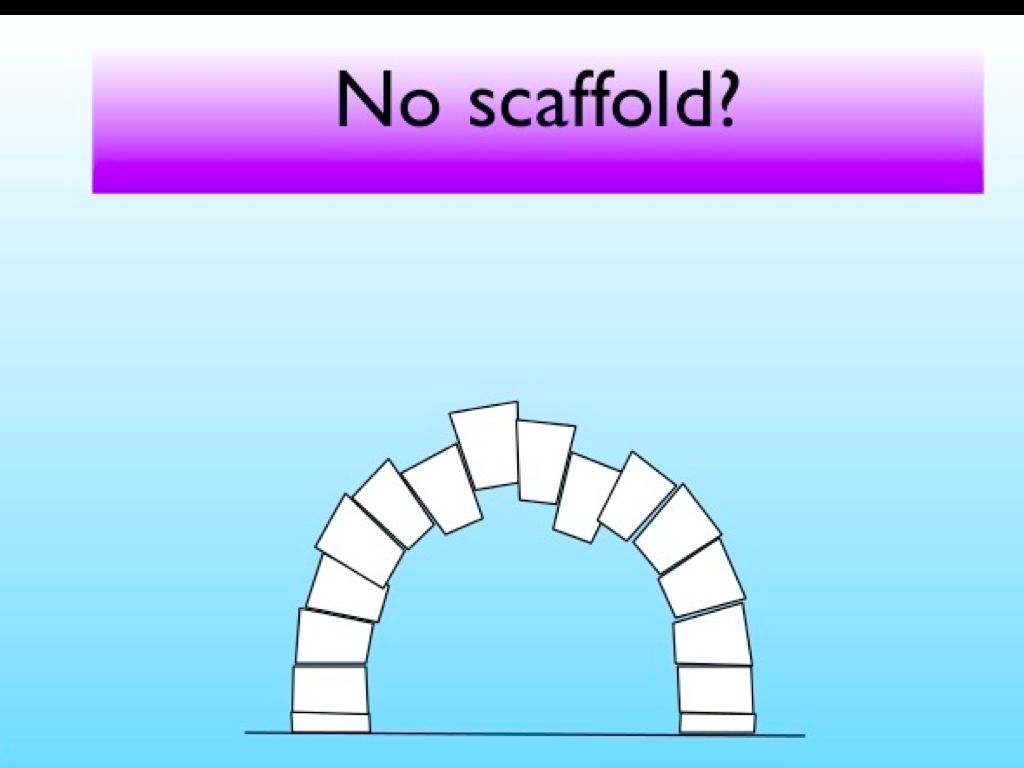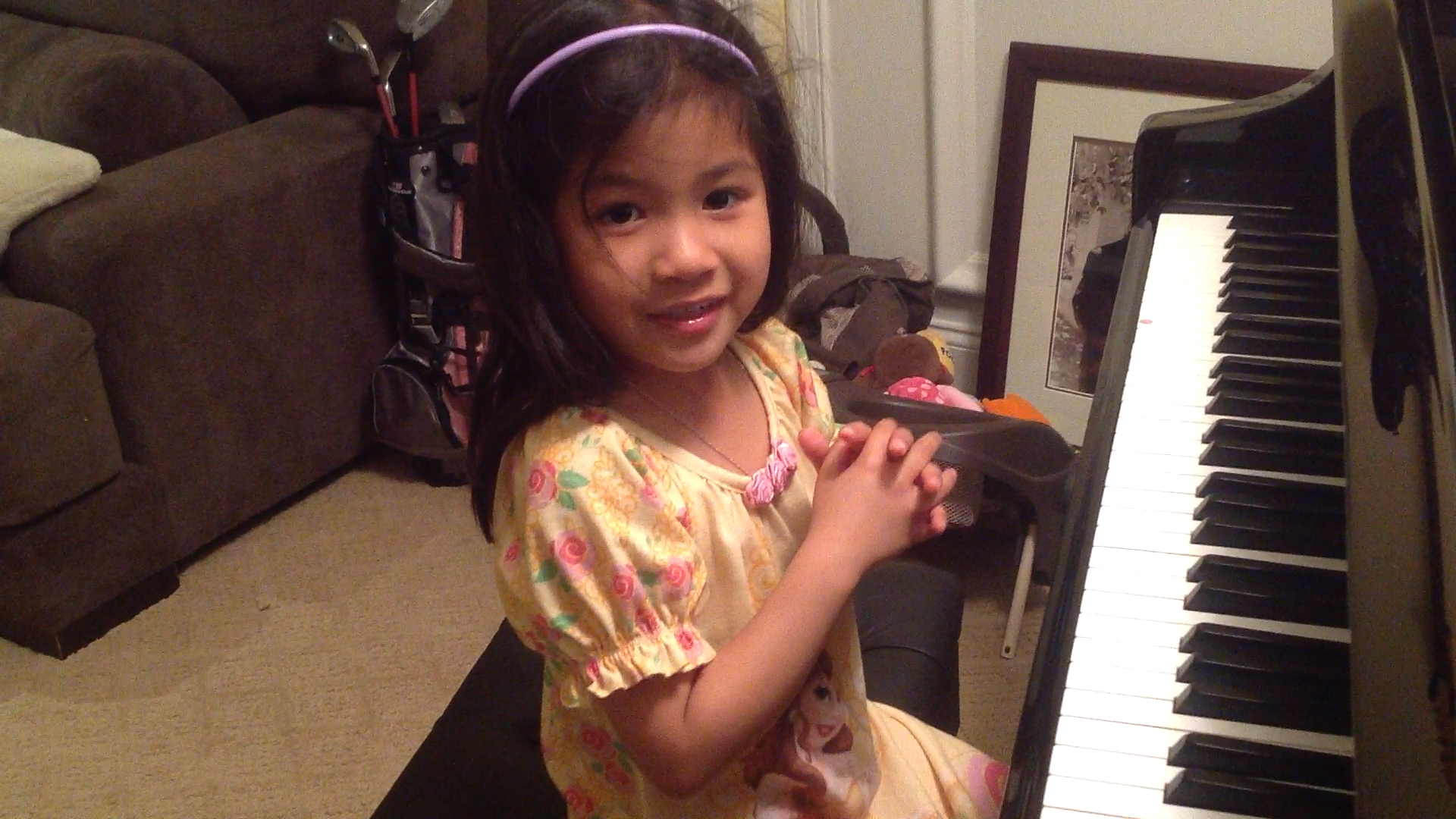
Dental Services
Myofunctional Therapy (MFT), Proper breathing, Nutrition, Tongue ties
Good resting oral posture with the tongue to the roof of the mouth, good swallowing pattern (minimizing facial muscle contraction), and nasal breathing, are important to the proper growth and development of children and prevents collapse and aging of the face and airway in adults. We believe the best myofunctional activity an infant can do is to breastfeed. Proper breastfeeding, free of tongue and lip ties, will teach that child proper tongue functioning and nasal breathing. Bottle feeding, pacifier use, digit sucking may lead to poor function. We highly recommend nursing mothers to work with highly knowledgeable lactation consultants if they feel their child may not be feeding properly. We need to observe for tongue ties. We also understand in this day and age that infants may not be able to breastfeed for as long as what is considered ideal since many mothers have to return to work.
We learned from some of our allied health professional colleagues that diaphragmatic breathing through the nose is important in controlling allergy and asthmatic symptoms. Breathing through the nose helps to warm and humidify the air, filtering pathogens, stimulating nitric oxide production, and helping to develop the sinuses. Mouth breathing often leads to hyperventilation, causing contraction of the smooth muscle lining the respiratory tract, increasing allergy and asthma symptoms. When we engage in sports and physical activities, the amount of carbon dioxide (CO2) produced by our movement is enough to offset the amount CO2 is lost to rapid mouth breathing. We believe that in many cases activity - induced asthmatic symptoms is the result of breathing rapidly through the mouth because the body is expelling more CO2 than the body can produce. A method to combat activity – induced asthma symptoms is to resist breathing through the mouth and instead, breathe through the nose, while continuing to walk around upright with arms high above the head (to encourage diaphragmatic breathing opposed to rib cage breathing). One possible explanation as to why infants and toddlers are soothed by pacifiers and digits is because it forces them to breathe through the nose. However, long term digit sucking, pacifier, and bottle use can lead to an open bite and an increase in vertical dimension, which is further perpetuated by poor function even after discontinuing the habit.
Tongue ties come in all shades of gray and the appearance of the tongue tie may not indicate how severe the tongue tie is. Our position is that tongue tie release in an infant/newborn should be performed if there is a suspicion that breastfeeding is compromised and/or painful to the mother. In addition to acquiring adequate nutrition, the act of breastfeeding is very important to proper tongue function. Tongue tie release continues to be a very controversial topic in the dental and medical communities not in just when to perform a tongue release but in how to perform it. We understand that part of the controversy exists because proper function is not clearly defined. For many physicians, proper function means being able to breastfeed (as an infant) and having a lack of speech problems (from 2 years and older). Our definition includes being able to place the entire tongue (opposed to just the tip) on the roof of the mouth and to execute a proper swallow free of facial muscle tension. One improper swallow cannot do harm but hundreds of improper swallows everyday can change the cranial and dental development of a child.
A proper tongue release in a newborn in our office is done with topical anesthetic and a diode laser. The actual procedure takes less than a minute. In addition to training in this procedure with Pediatric Dentist, Lawrence Kotlow, DDS (New York), Drs. Yang and Nguyen went to Oregon to observe Pediatric ENT Physician, Bobby Ghaheri perform frenectomy procedures. Dr. Ghaheri explained that there is a higher number of tongue tie releases prescribed currently compared to the past, because before the invention of the bottle and formula, a newborn with a severe tongue tie would simply not survive. However, with the invention of bottles and formulas, these tongue tied infants not only survived but had offspring leading to tongue ties with different severities introduced into the population. The controversy of treating tongue ties will remain because of the varying degrees of tongue ties, poor definitions of function, and disagreements as to how to perform a proper tongue release. Our opinion as to the best way to evaluate tongue ties is by a knowledgeable practitioner, which would include a myofunctional therapist. Sometimes a tongue tie may look severe but the child can easily perform the right functions. Other times, the tongue tie may look mild but completely interfere with proper functioning.
In regards to nutrition, it has been found that sugar is not only bad for the teeth but also highly inflammatory to the body. Most individuals need to eat more vegetables, less red meat and less processed foods. Topics such as organic foods, GMO's, high pH waters, caffeine, alcohol, sweeteners, and supplements can be discussed individually. A message we want to relay to parents is that it is not only what a child eats but also the consistency of the diet that is important to proper functioning. For example, families that blend or boil their food may receive all of the necessary needed nutrition. However, the lack of proper chewing and swallowing will prevent proper functioning which can inhibit adequate down and forward growth of the face and jaws. This can lead to insufficient space, leading to teeth crowding and/or overbite/overjet problems.



Photos courtesy of Barry Raphael, DDS
These photos exemplify the bidirectional nature of form and function. Function affects the magnitude and direction of oral facial growth. In return, the form of the face and oral cavity affects the function.




This is a photo of twin sisters. Notice how the muscle tension/strain in the face of the twin on the left affected her cranial-facial developement. Her sister has a relaxed face and much better health.

Photo courtesy of John Mew, DDS

